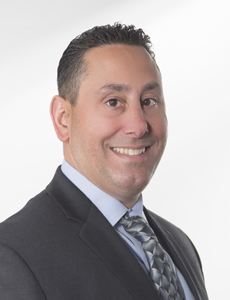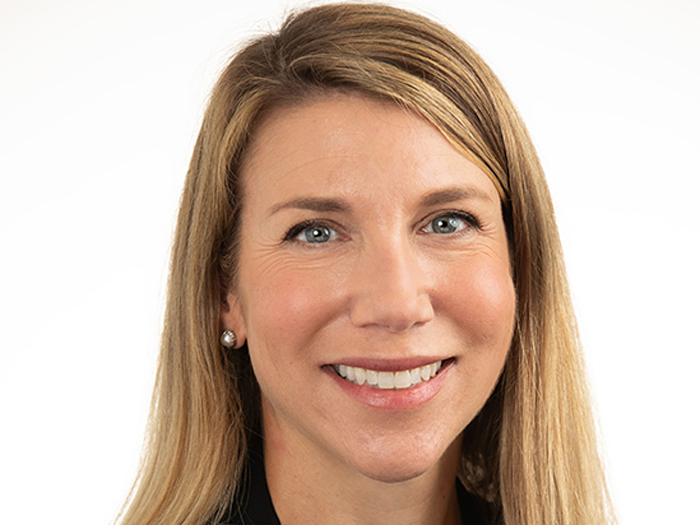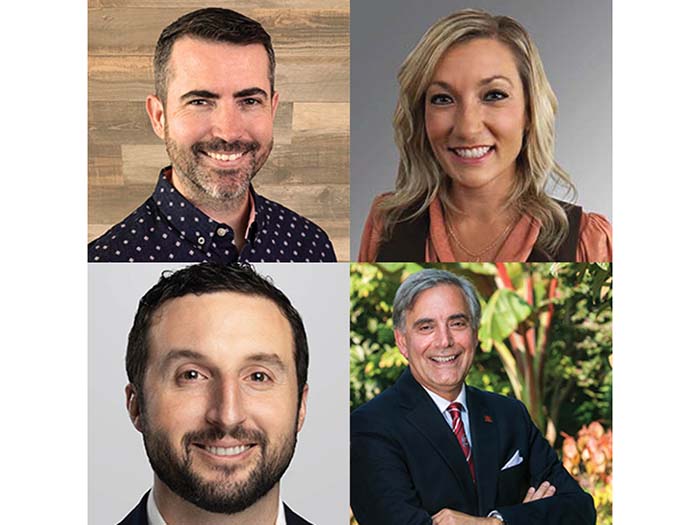WSIA 2018
The 5 Best Insights We Heard at WSIA 2018

A record-breaking 4,500 people gathered at this year’s WSIA Annual Marketplace in Atlanta in late September. WSIA president Jacque Schaendorf says attendance continues to rise year after year.
“I can’t say enough about the efficiency of networking at the WSIA Marketplace,” she said. “There are so many opportunities for education and career development, and I think more industry professionals are starting to realize the value of that.”
Risk & Insurance® sat down with a handful of attendees to learn what trends and challenges they’re tracking in the E&S space. Here are 5 key takeaways:
1. The E&S market expects continued opportunities for growth.
According to Jude DiBattista, head of E&S Property & Casualty at QBE North America, the growing economy increases the need for E&S coverage.
“Certain classes are seeing 6 to 10 percent increases in demand,” he said. Among them are construction; increasing frequency and size of infrastructure projects introduces substantially more risk and drives up the need for excess liability products. The real estate and hospitality sectors have similarly benefitted from the economic upswing and are seeking additional coverage.
The E&S market is also well positioned to underwrite risks associated with emerging trends like the gig economy, commercial drone use, and legalized medical and recreational marijuana.
“This is not just the market of last resort,” Schaendorf said. “We’re the market for the most complex risks. Innovation is taking place in so many sectors; E&S can foster that because we can take on the new and emerging risks. There’s lots of opportunity in this space.”
2. But ongoing soft conditions remain challenging.
Despite these opportunities, a common point of conversation in the Marketplace was the ongoing challenge of a soft market. Despite the heavy catastrophe losses of 2017, persistent overcapitalization is impeding carriers’ ability to raise rates.
“We’ve seen some rate increases, but only single-digit. We would need four times the losses of 2017 to spark a material hardening in the market,” DiBattista said.
“Something has to happen, it’s just a question of what,” said one casualty executive. “It could take another financial cataclysm for the market to move.”
Others echoed the sentiment: “Short-term capital moves too fast for there to be a light-switch change, but something eventually has to give,” another attendee said.
Another senior executive also pointed out that raising rates takes more than the right market conditions — it also takes communication skills to justify those increases in the marketplace. “We have a whole generation that’s never had to go back to a client with a price increase,” he said. To get rates, customer-facing staff have to be trained to make it happen. They have to know how to explain to clients why the price is going up and why that’s good for them in the long run.
3. Lack of talent remains a top risk facing the industry.
Attendees also shared concerns about a lack of incoming talent, an issue many say is coming to a head now as older workers in senior leadership positions begin to retire. The curtailment of training programs across the industry has been a contributing factor, as well as shortcomings in the active recruitment of college students.
Schaendorf said the talent gap poses serious succession risks across the industry, and that WSIA has made cultivating the next generation its top focus. The organization spearheads an internship committee that liaisons with 30-35 universities and runs E&S-focused educational presentations and symposiums throughout the year.
“I think it’s important to cast a wide net. We’re trying to attract actuarial, finance and business students as well as insurance and risk management students. We want the best and the brightest,” she said.
4. AI, automation, and a slew of new technology tools are set to create real change.
Insurtech has been generating buzz for years, but talk is transitioning to action.
- “This isn’t a dotcom situation – these tools are real,” Schaendorf said. She identified two immediate benefits that technology can bring to the industry:
The proliferation of third-party data enables more granular underwriting, which E&S carriers in particular can take advantage of due to a more relaxed regulatory environment. - Digitization and automation of manual processes increases efficiency and frees up underwriters and brokers to do what they were trained to do.
“There are two sides to the Insurtech coin: externally, it can speed up delivery to the customer and improve customer service; internally, these tools help us collect and manage data, analyze trends and capture a snapshot of our growth,” DiBattista said.
Some carriers are already using artificial intelligence to triage new business. New submissions are analyzed against a set of parameters based on the amount of risk the insurer is comfortable taking on, and by the time it gets to the underwriter’s desk, it’s already been vetted.
A common apprehension roused by new technology is the threat of disintermediation. The fear of robots stealing jobs is not reserved for the factory floor. Most industry veterans, however, don’t see this becoming reality any time soon.
“You still need a certain intuition for underwriting,” one executive said. “You need someone to dig into the losses and understand what happened. Every loss is like an onion, not an apple.”
“Disintermediation is always a threat, and it may affect some lines and classes more than others, but I don’t see it happening any time soon,” Schaendorf said. “Let’s let tech gather data, transform it into real informational insights, then let the experts analyze it. Let tech automate certain parts of the transaction so industry professionals can exercise more creativity.”
5. Climate change and environmental contaminants will hit excess liability hard.
More frequent and more severe storms will make bigger dents on E&S carriers’ bottom lines. But the property loss is not the only exposure.
As evidenced by the petrochemical toxins unleashed by Hurricane Harvey and the broken manure lagoons breached by Hurricane Florence, downstream pollution is a serious environmental byproduct of severe storms. The enormous amount of rain can lead to sewage overflows from waste treatment plants and industrial waste from manufacturing facilities. According to the Associated Press, “nearly half a billion gallons of industrial wastewater mixed with storm water surged out of just one chemical plant in Baytown, east of Houston on the upper shores of Galveston Bay.” The waste included known carcinogens like benzene and vinyl chloride.
While the exact cost of cleanup is unknown, at least two corporations were ordered to pay a total of $115 million to clean up a single toxic waste site. In addition to cleanup and remediation, liability costs could be staggering if exposure to the waste is found to cause health issues. Nearly all environmental polices are written on an excess basis.
Most underwriters believe this risk will only grow as severe weather becomes the norm. The effects of climate change will force underwriters of all lines to reevaluate their exposure. Liability litigation over climate change itself could also become an issue.
“Eventually someone will come after the biggest polluters and hold them accountable for climate change,” one environmental underwriter said. “Those are going to be massive claims, and I think it’ something the E&S market should anticipate.” &











